2024 was a strange year! But, for space and astronomy we had some interesting, revolutionary, unsettling and downright weird stories pop up. Today let’s talk about them.
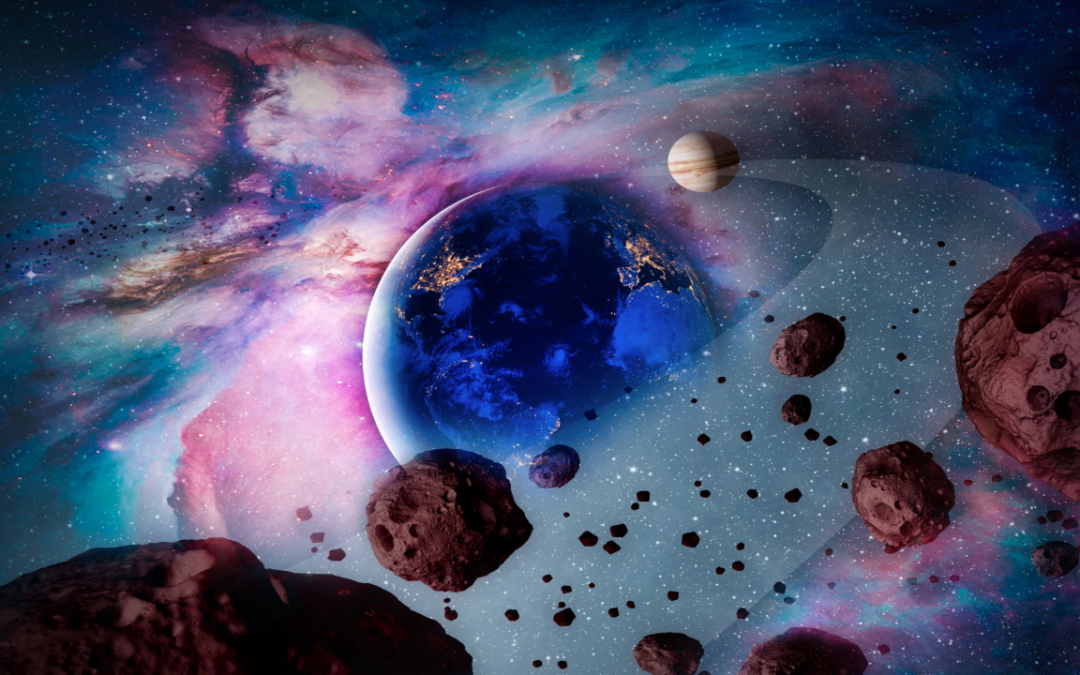

2024 was a strange year! But, for space and astronomy we had some interesting, revolutionary, unsettling and downright weird stories pop up. Today let’s talk about them.
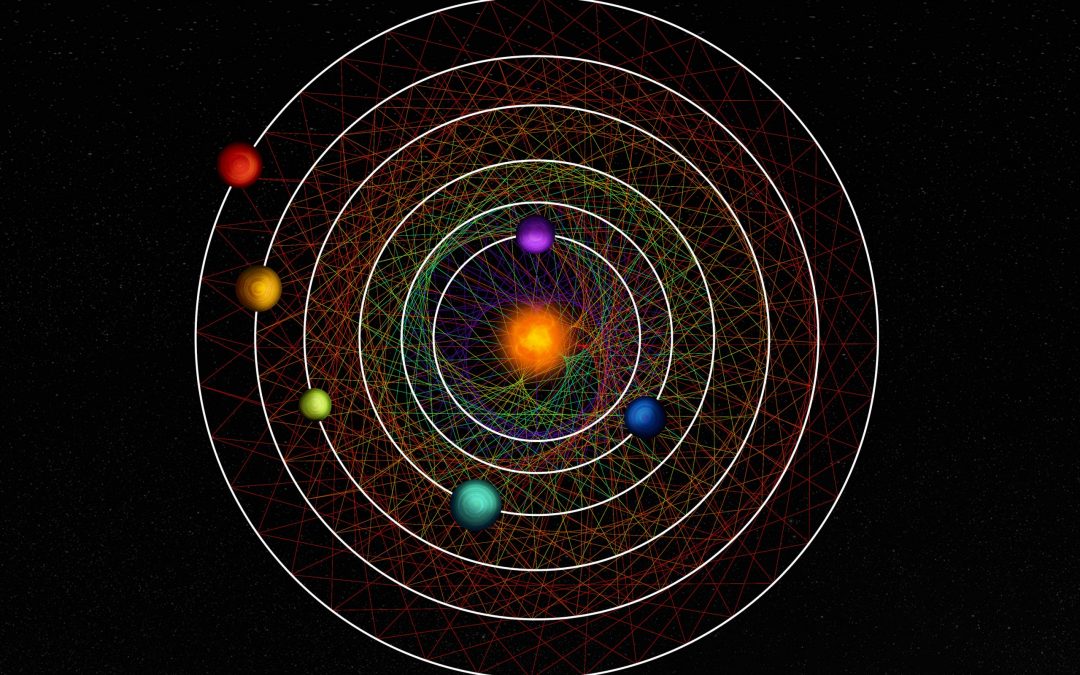
Several of the planets and moons in the Solar System are in orbital resonance, orbiting in a geometric lockstep. And not just the Solar System, astronomers have found the same resonances in other star systems.
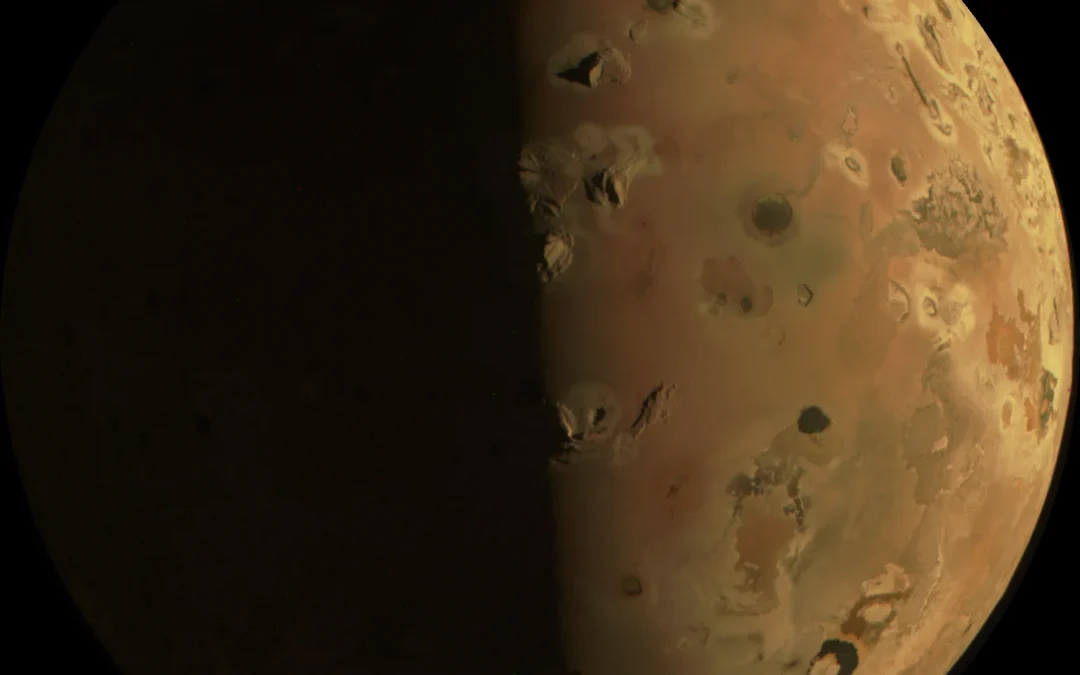
Last week was one of the most exciting meetings we’ve seen from the Lunar and Planetary Science Conference, with hundreds of announcements and discoveries from various missions. One theme kept coming up, the Solar System is more volcanically active than we thought. Today, we’ll explore volcanism on other worlds.
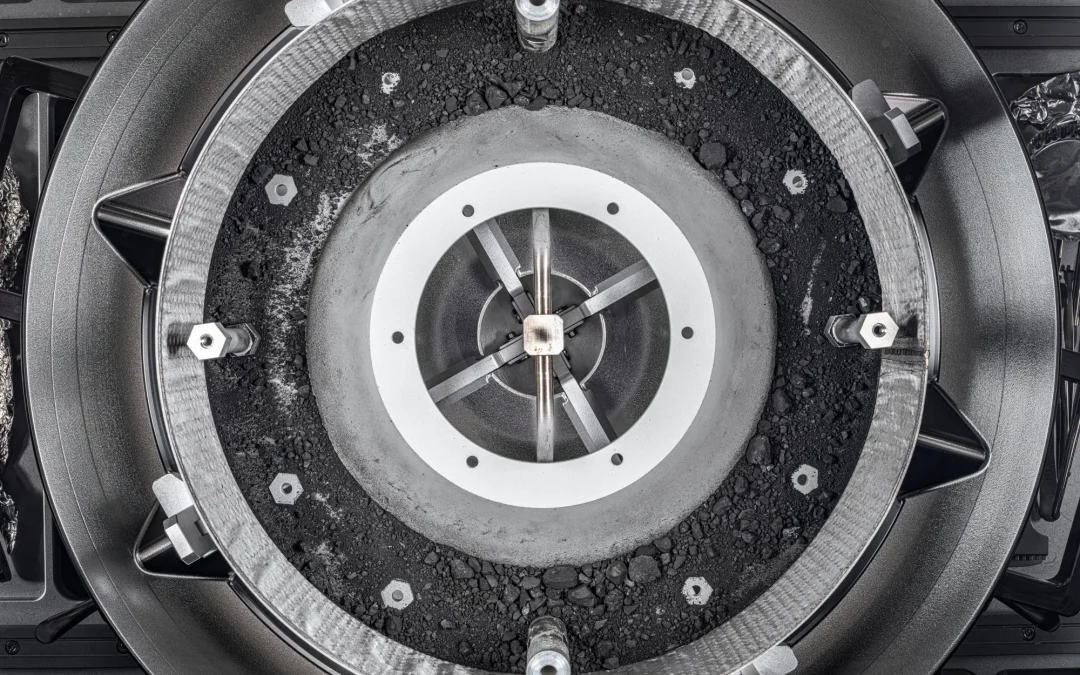
Last week we talked about sample return missions from the Moon and Mars, but scientists have retrieved samples from other objects in the Solar System, including comets and asteroids. What does it take to return a piece of rock from space, and what have we learned so far?

We’ve sent robots to other worlds, but the amount of science we can deploy to another planet can’t compare with the vast science labs we have on Earth. That’s why more and more missions are for a sample return, bringing pieces of alien worlds back to Earth, were we study them with proper equipment.
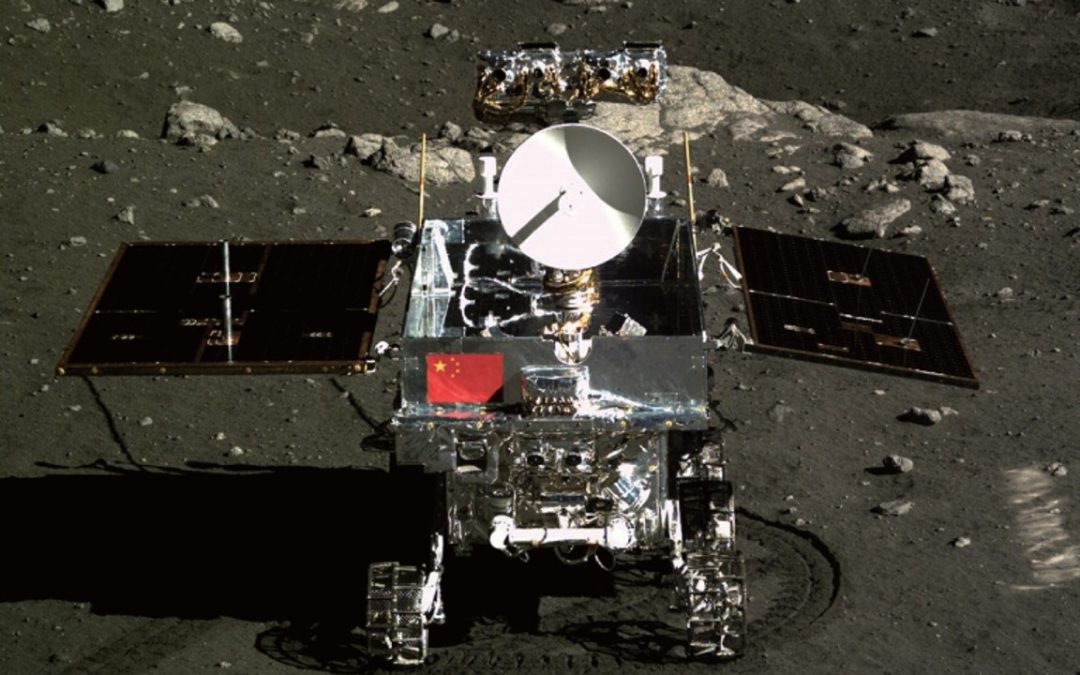
We’re so familiar with NASA’s exploration efforts in space, but you might be surprised to learn that China launches almost as many rockets as the US. They’ve got their own space exploration program that could soon bring humans to the surface of the Moon. Let’s give a brief overview of China’s space exploration plans.
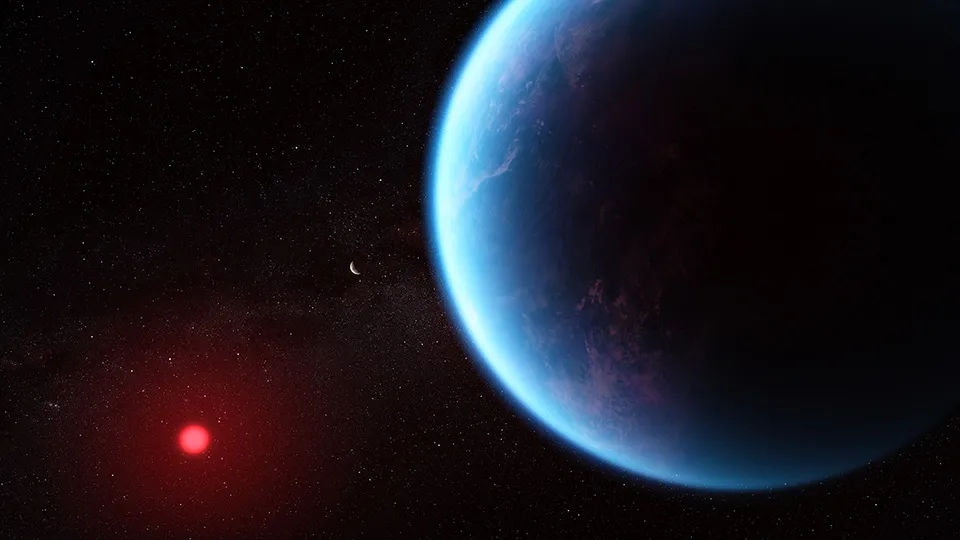
Wherever we find liquid water on Earth, we find life, so it makes sense to search for water across the Universe, and hopefully we can find evidence of life. But what about worlds which are completely covered in water, oceans hundreds of kilometers deep. Can there be too much water?
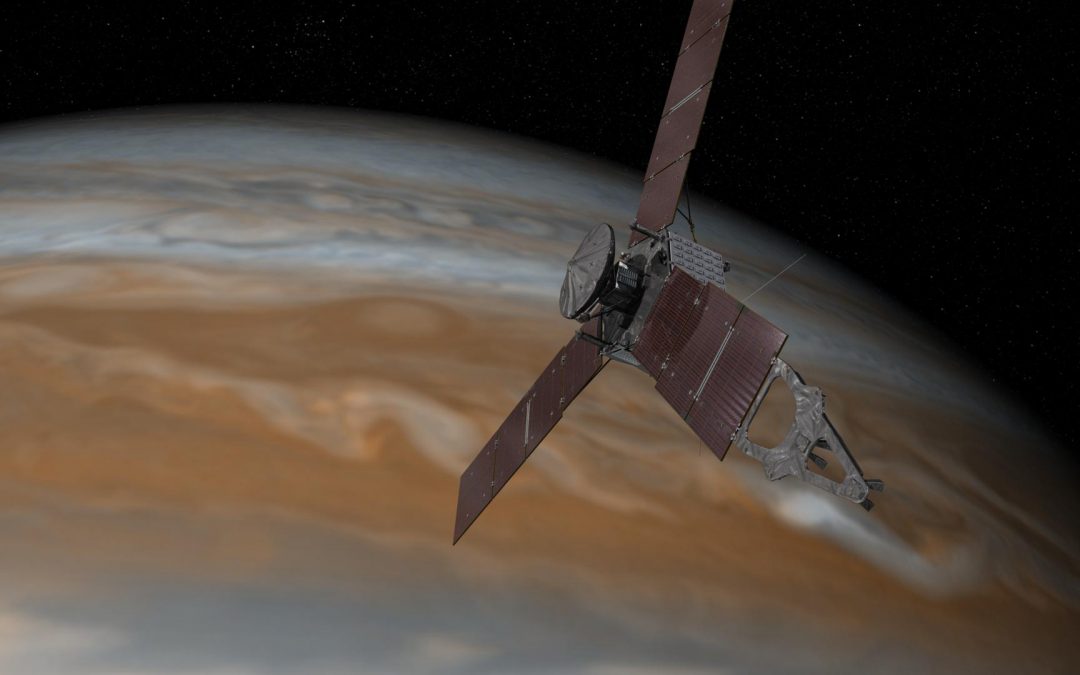
NASA’s Juno spacecraft has completed dozens of flybys of Jupiter, seeing the planet from many angles and delivering some of the most beautiful images we’ve ever seen of the Jovian world. Now it’s focusing in on Io, sending home images of the tiny volcanic world from just 1,500 km away. And the best is yet to come.
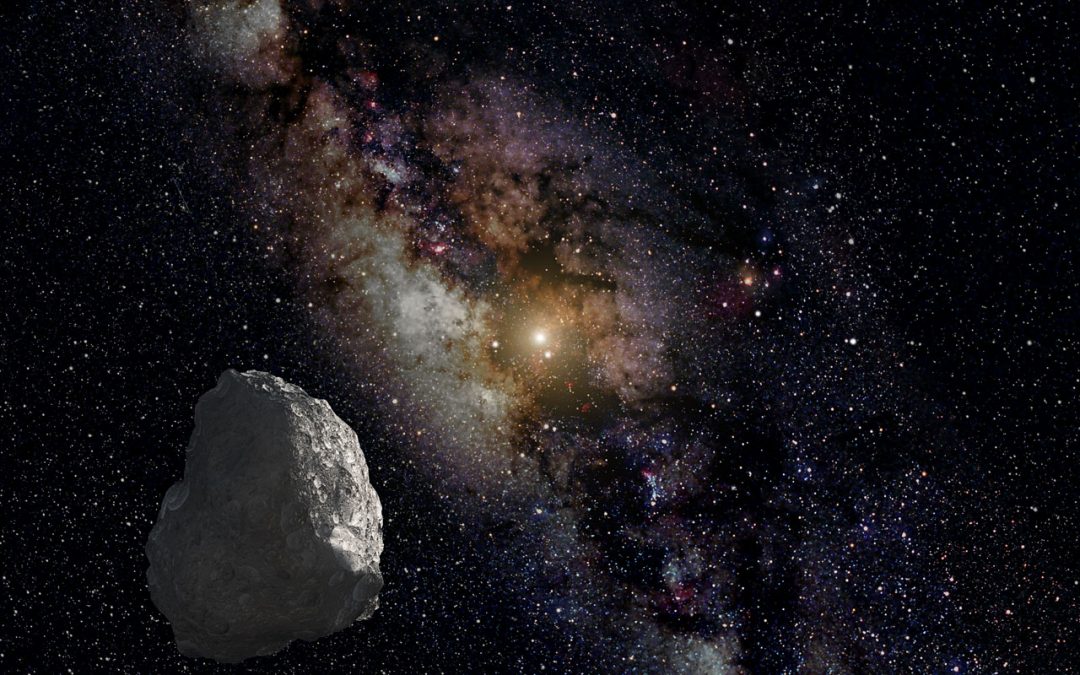
Finally, we reach the end of our tour through the missions in the Solar System. Out beyond Mars, to Jupiter the Kuiper Belt and Beyond. Recorded live during the CosmoQuestX 2023 Hangout-a-Thon.

Another week, another review of space missions in the Solar System. Today we set our sights on the red planet. What are all the active missions at Mars today?
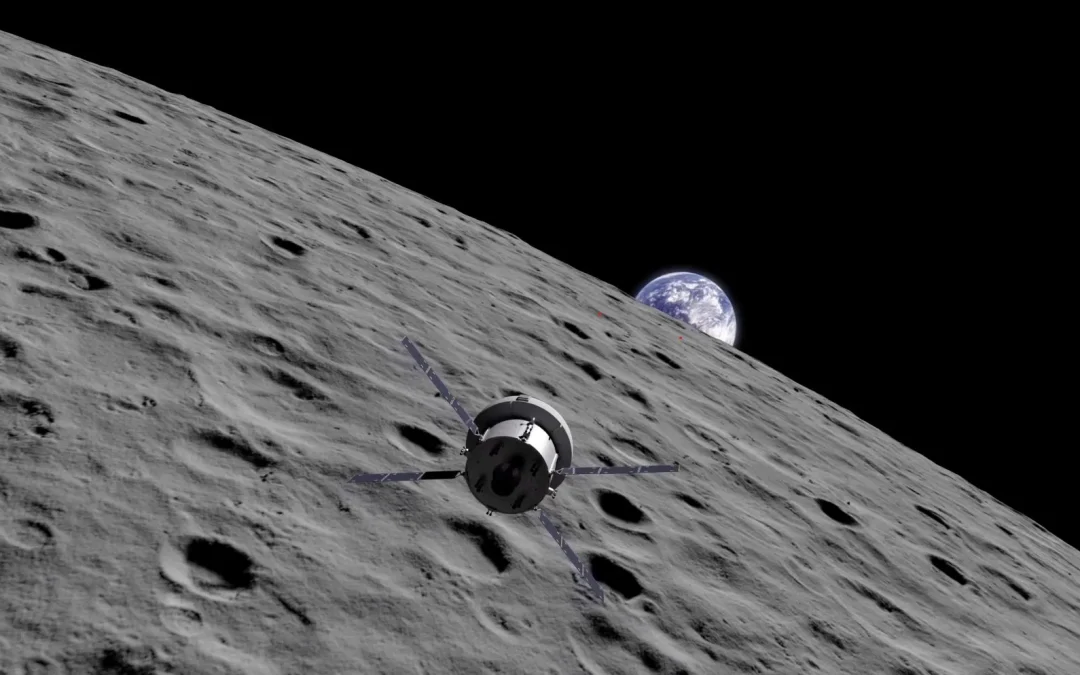
Our journey through missions continues, this time we focus on the Moon. There are many nations on the Moon, near the Moon, around the Moon, travelling to the Moon. It’s a lot. We’ll talk about it today.
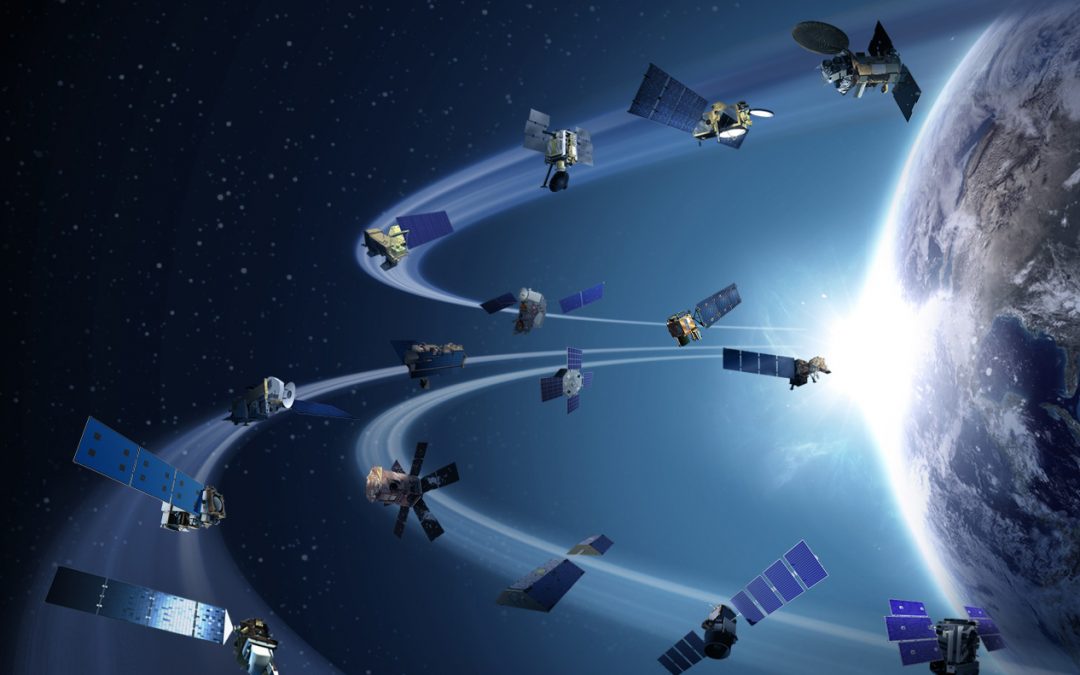
It’s time for another series. This time we’re going to look at the missions that are currently in place across the Solar System. Today we’ll start with the key missions here on Earth, studying the planet from above and looking out into the Universe.
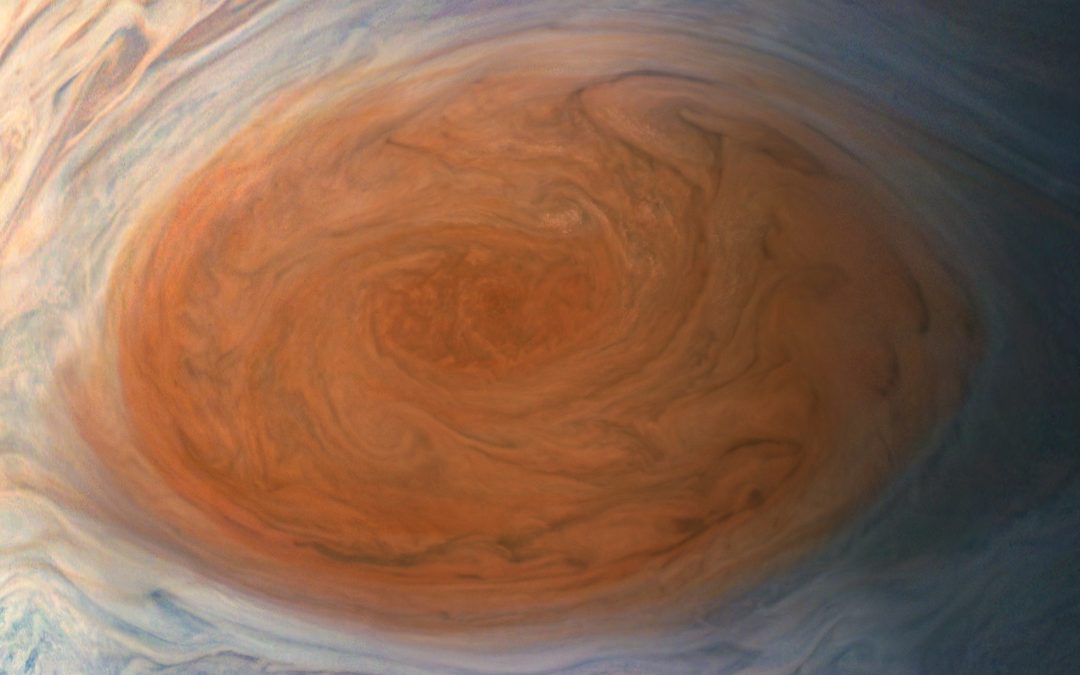
Jupiter’s Great Red Spot is one of its most iconic features, first seen hundreds of years ago. Although it’s certainly long-lasting, it’s been changing in size over the last few decades, shrinking and changing in color. Is it fading away? And what can the changes tell us about storms on giant planets?
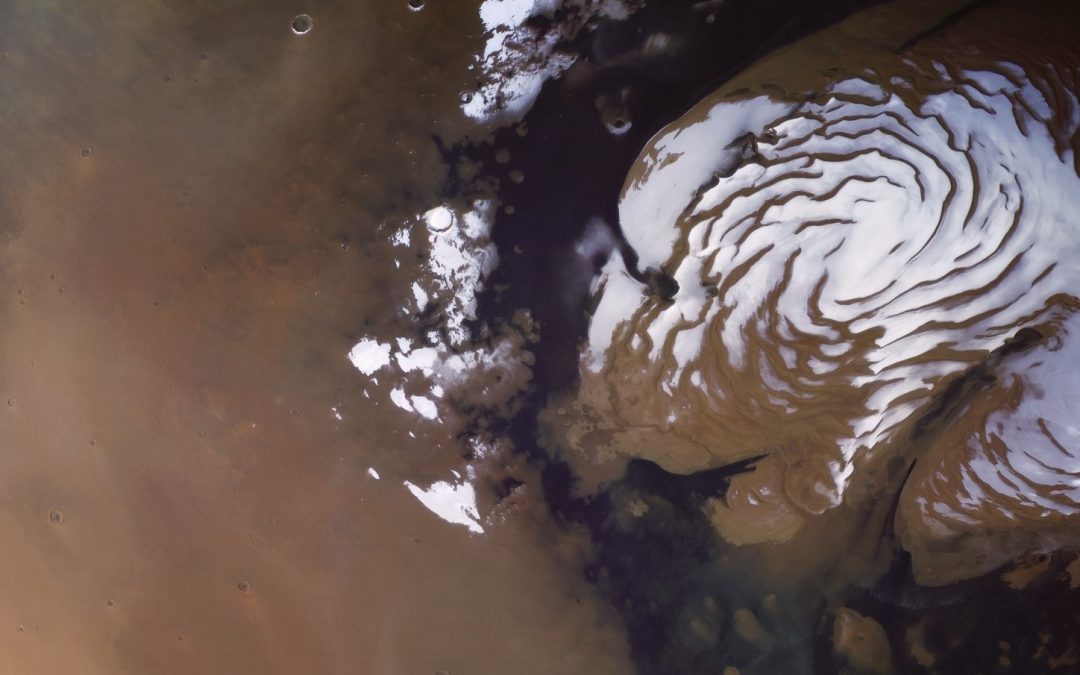
We’ve looked at Earth’s changing climate, now let’s see what it’s like for another world: Mars. Much looks familiar, but some of it is totally alien, from ice caps of frozen carbon dioxide to planetary dust storms that can obscure the entire world from view.
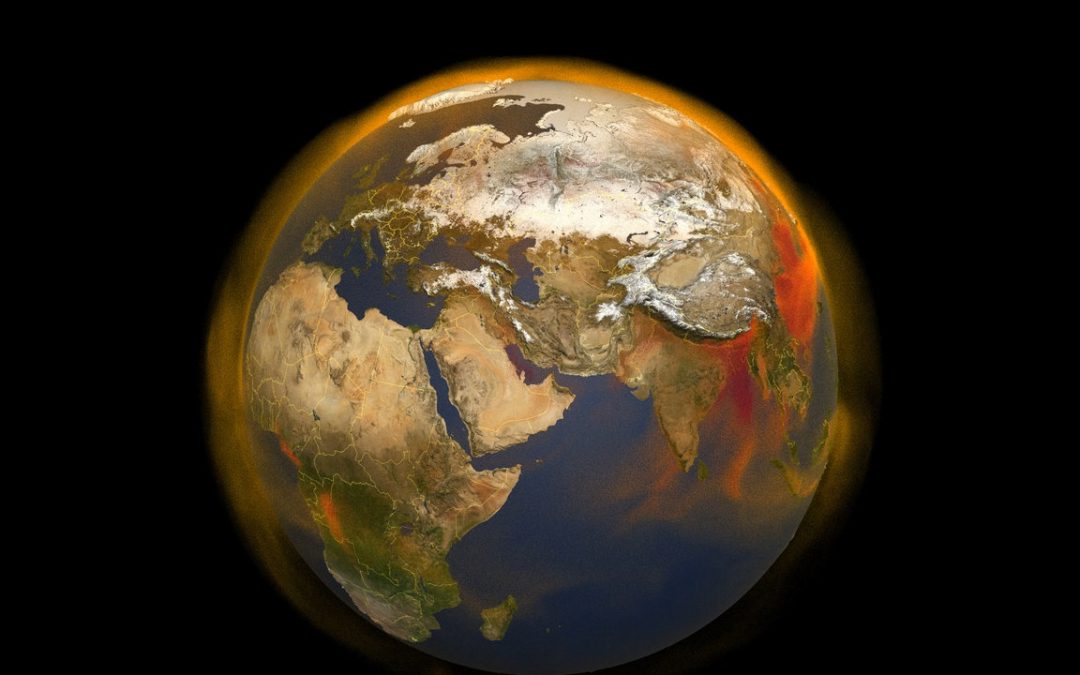
It’s official! June and July were the warmest we’ve seen since records began over a century ago. Fires are rampant across Canada, and we’re seeing record droughts around the world. Today, we’re going to look at 20 years of climate science, how well does reality match up with the predictions.
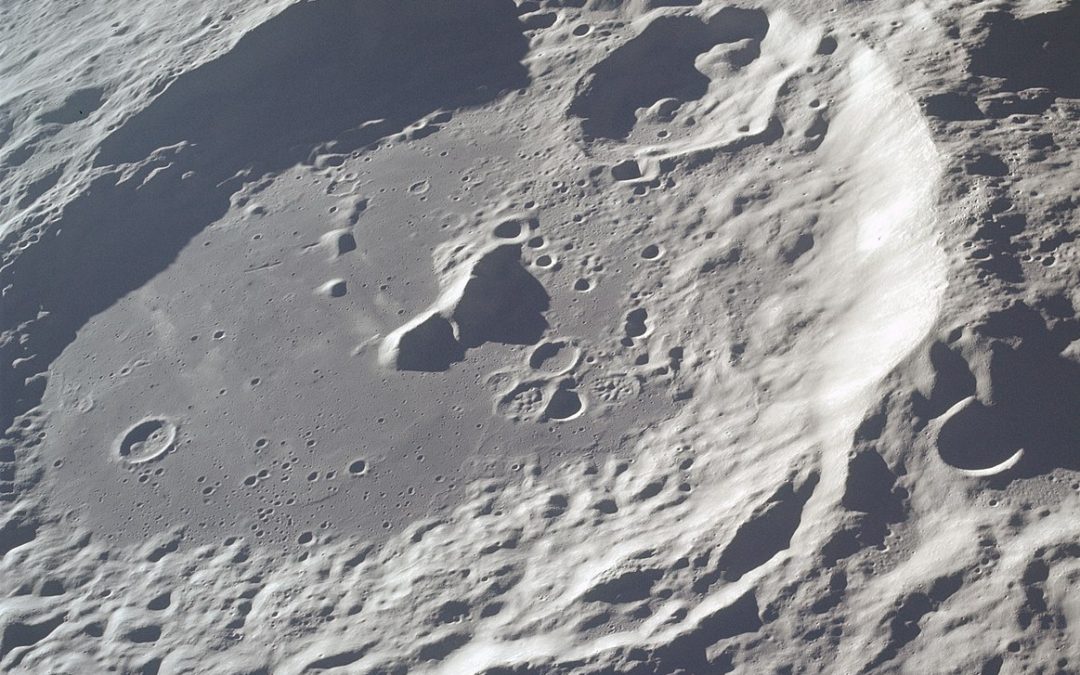
The permanently shadowed craters on the Moon are the focus of so much research. That’s because they seem to contain vast reserves of water ice. Water we could use for oxygen, propellant and so much more, but also, to help us understand where the Earth’s water came from.
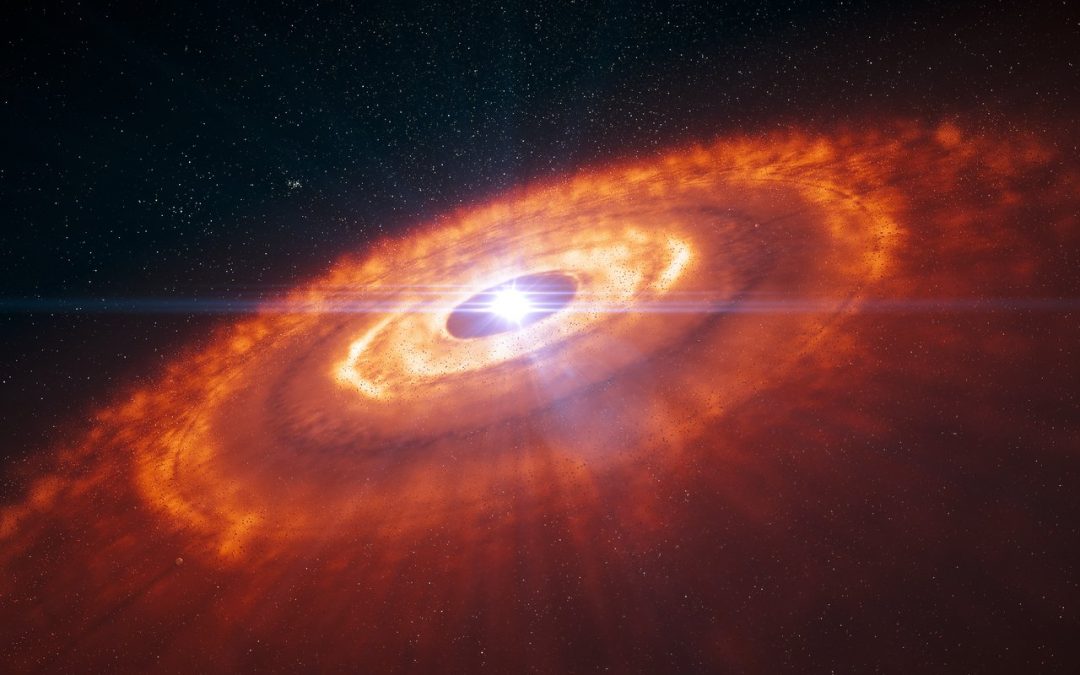
Okay sci-fi writers, today we’re going to give you a guided tour of building planets. How they form, how they grow, and how things can go horribly horribly wrong.
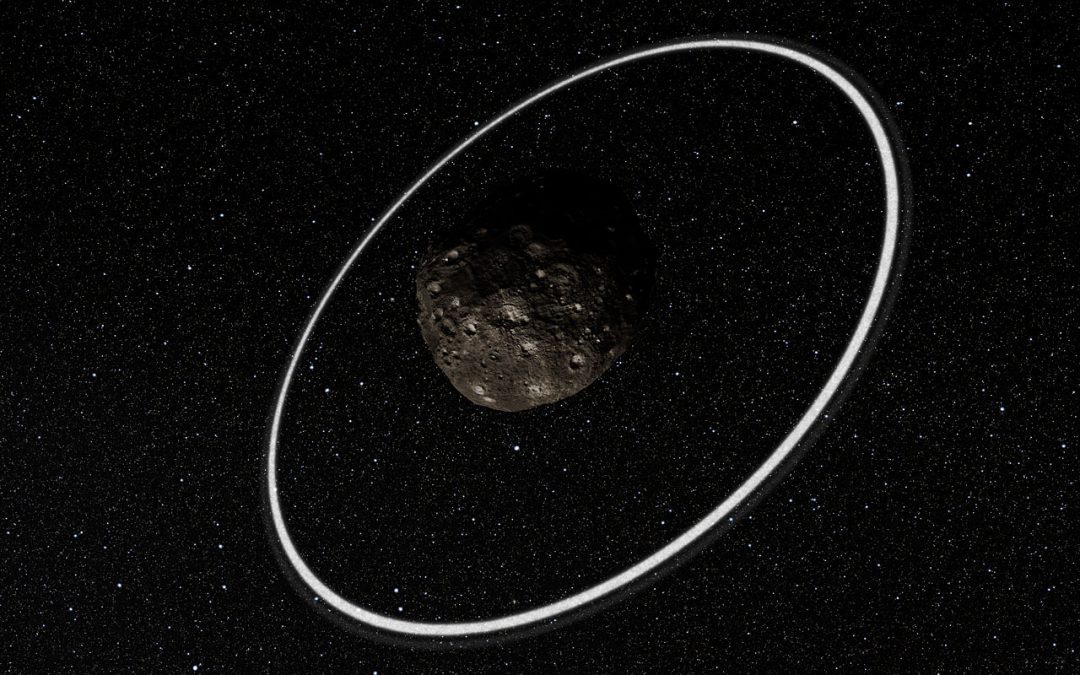
We’ve spent a lot of time gushing about Saturn’s rings, but there are other places with ring systems. And not just Jupiter and the ice giants, but asteroids, dwarf planets, centaurs and even exoplanets. Today we’ll gush about them.
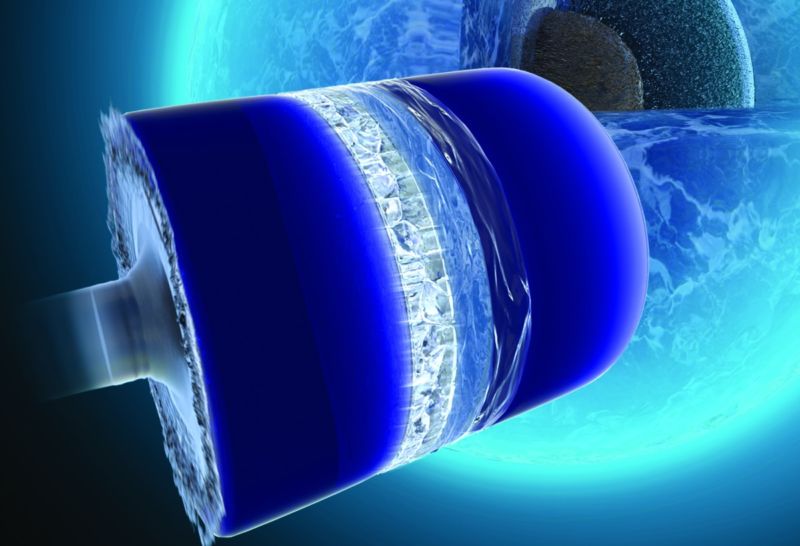
Ice is ice, right? You know, what you get when water freezes. Well, maybe here on Earth. But across the Universe, water can be squeezed together at different temperatures and pressures, leading to very different structures. Today we’ll talk about the different forms that ice can take.
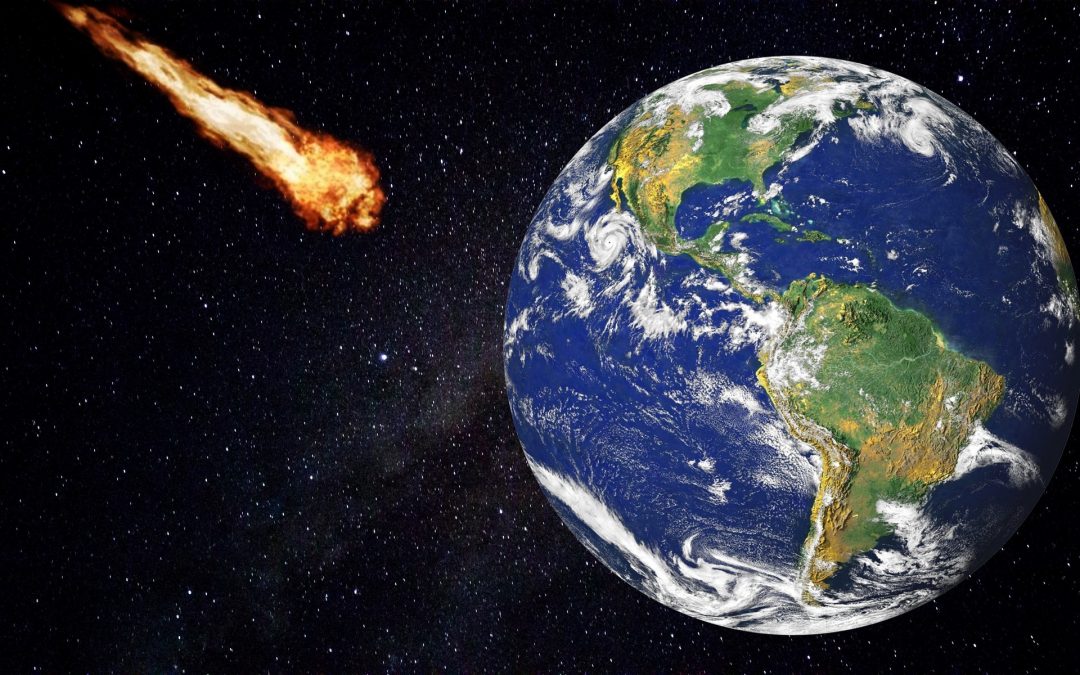
The asteroid apocalypse is one of those existential crises that keep astronomers up at night. But the DART mission showed us that we can push an asteroid off its trajectory if we have enough warning. Today we’ll talk about how humanity is building early warning systems to give us time to respond to a dangerous asteroid.
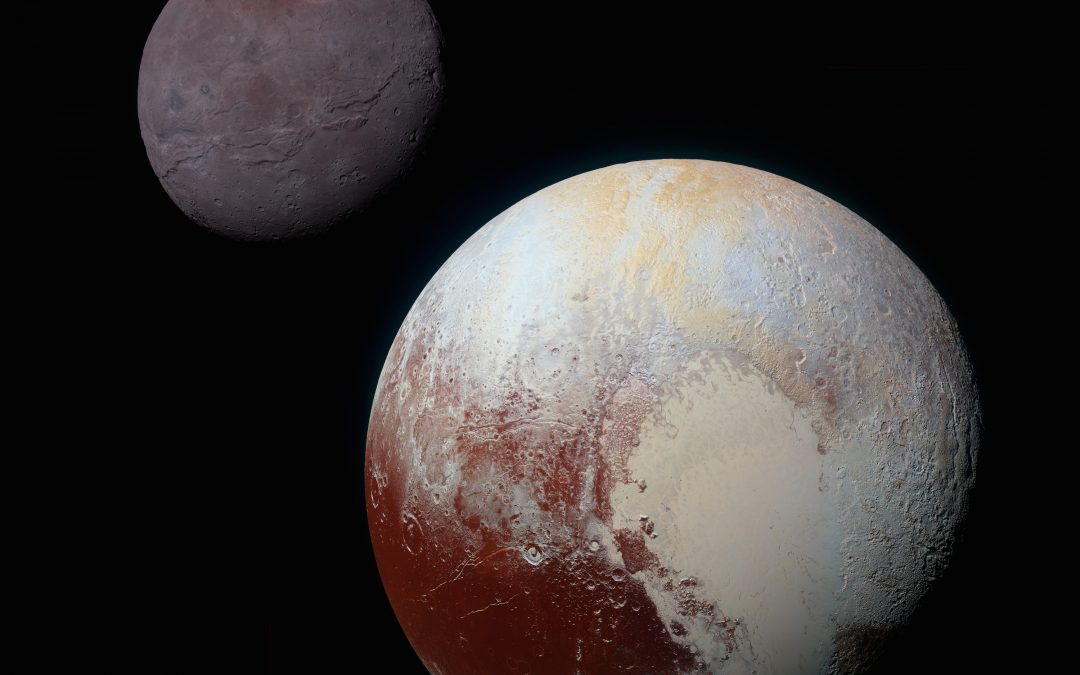
Well, we did it. We made it to episode 666, an auspicious number to be sure. What can we do to celebrate this accomplishment? An episode all about things in the Universe that have been named after mythological people and places in the underworld?
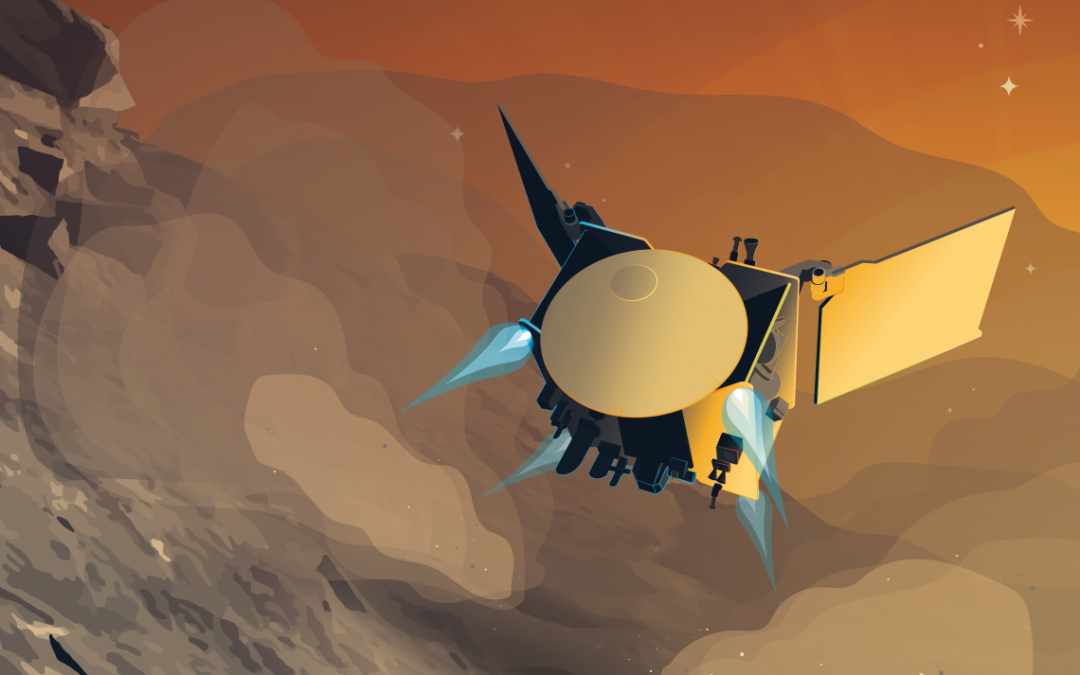
Last week we talked about the missions we’re saying goodbye to. This week, we’re going to talk about some upcoming missions to say hello to. Some are brand new ideas, others are, uh, recycled.
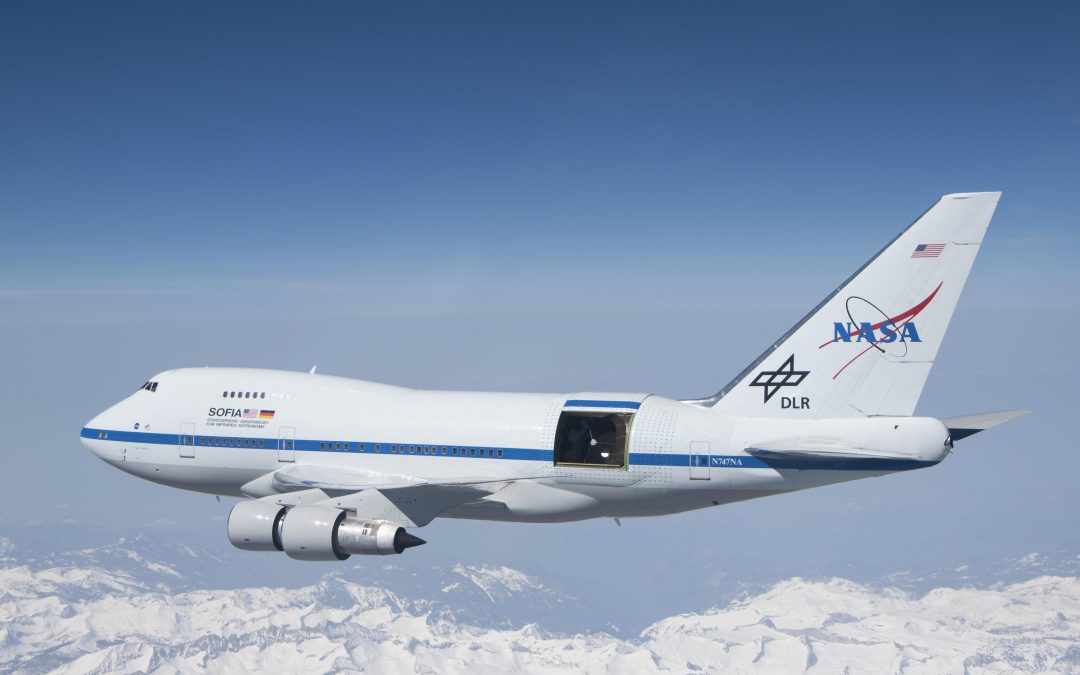
It’s always sad to say goodbye, but when we send our robotic emissaries out into the cosmos, it’s just a matter of time before they shut down. Today we’re going to say goodbye to a few missions which have reached the end of their lives. But they were very good robots.
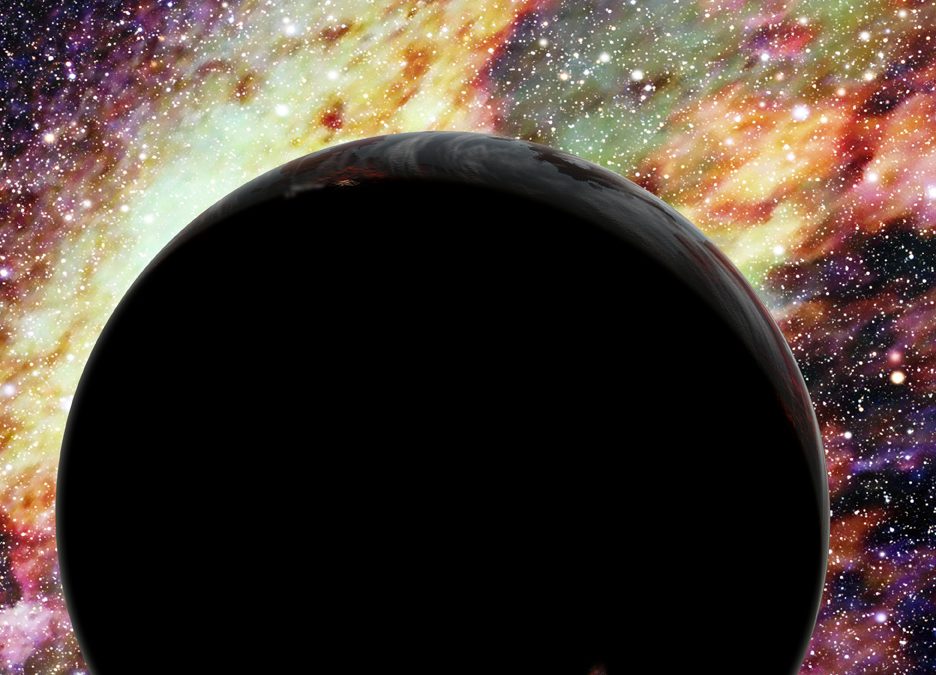
Moons orbit planets, planets orbit stars, stars orbit within galaxies. It’s orbits all the way down. But occasionally objects can receive a powerful kick that sends them off on a journey, never to return.
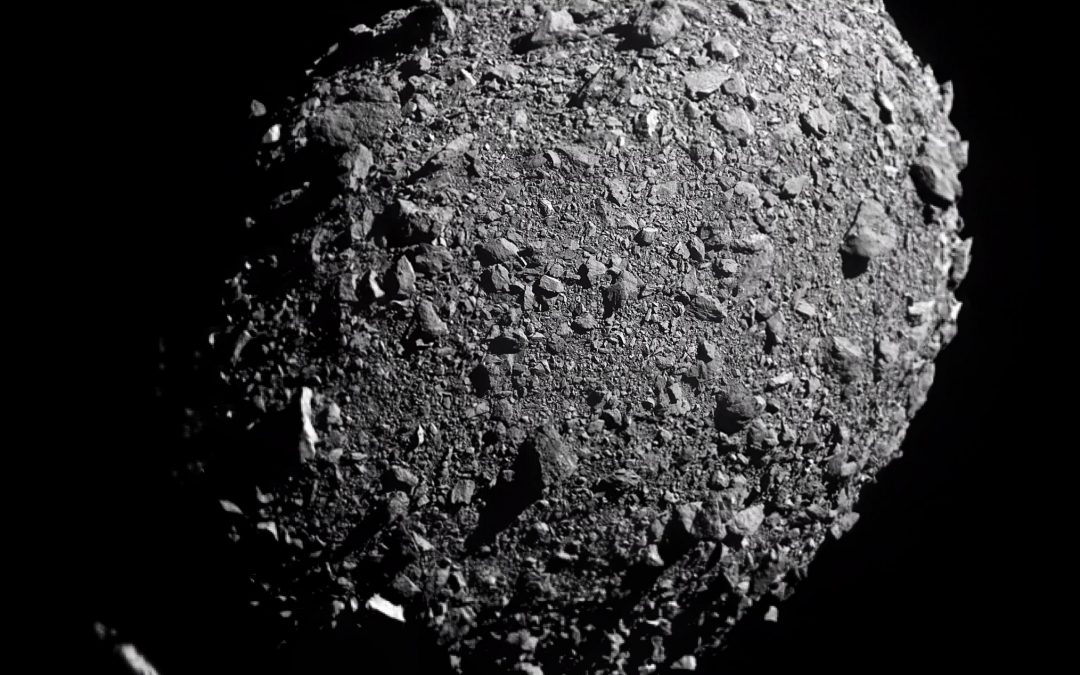
This week we saw the incredible image of DART smashing into asteroid Dimorphos. Beyond avenging the dinosaurs, what can we learn scientifically from this and other asteroid/comet impact missions?